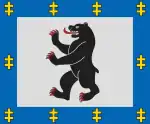Žagarė | |
|---|---|
City | |
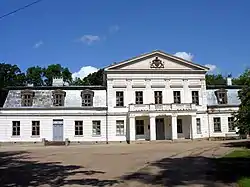 | |
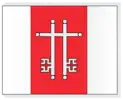 Flag  Coat of arms | |
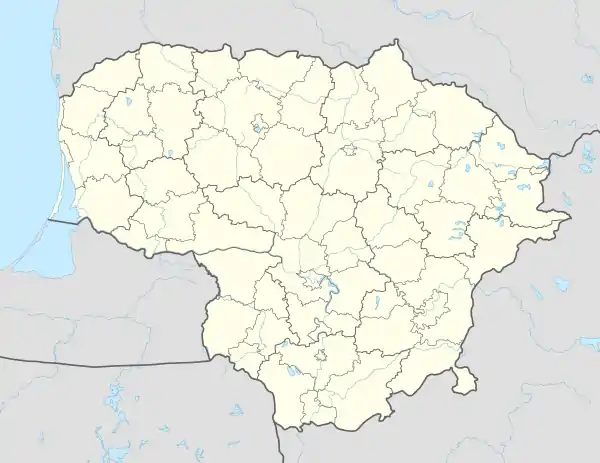 Žagarė Location of Žagarė | |
| Coordinates: 56°22′0″N 23°15′0″E / 56.36667°N 23.25000°E | |
| Country | |
| Ethnographic region | Semigallia |
| County | Šiauliai County |
| Municipality | Joniškis district municipality |
| Eldership | Žagarė eldership |
| Capital of | Žagarė eldership |
| First mentioned | 1633 |
| Granted town rights | 1924 |
| Population (2020) | |
| • Total | 1,309 |
| Time zone | UTC+2 (EET) |
| • Summer (DST) | UTC+3 (EEST) |
Žagarė (ⓘ, see also other names) is a city located in the Joniškis district, northern Lithuania, close to the border with Latvia. It has a population of about 2,000, down from 14,000 in 1914, when it was the 7th largest city in Lithuania.[1] Žagarė is famous for Žagarvyšnė - a cherry species originated in Žagarė.
Etymology
Žagarė's name is probably derived from the Lithuanian word žagaras, meaning "twig". Other renderings of the name include: Latvian: Žagare, Polish: Żagory, Yiddish: זאַגער, romanized: Zager.
History
The foundation of Žagarė dates back to the 12th century. A settlement of the Baltic tribe Semigallians Sagera was mentioned for the first time in March 1254 in the documents of the partitioning of the Semigallia. In 13th century it was a Semigalian fortress Raktuvė (or Raktė, first mentioned in 1272-1289 documents). It was an important centre of Semigallian warriors, who fought against the Livonian Brothers of the Sword and the Livonian Order. The cult of Barbora Žagarietė, servant of God, originated in the town in mid-1600s.
It long had a Jewish population that contributed to its culture. Yisroel Salanter (1810–1883), the father of the 19th-century Mussar movement in Orthodox Judaism, was born there. Isaak Kikoin (1908–1984), a renowned Soviet physicist, was also born there.
The Jewish quarter in Žagarė was among those damaged in 1881 as part of the violence against Jews that occurred during the pogroms in southern Russia.
On 22 August 1941, on the orders of Šiauliai Gebietskommissar Hans Gewecke, all half-Jews and Jews in the district were to be moved to Žagarė ghetto (around 500 people). The Jews were allowed only to take clothing and at most 200 Reichsmark. Many Jews were shot on the spot instead of being sent to the ghetto.[2] In a massacre committed by Einsatzgruppe A on 2 October 1941, the date of Yom Kippur that year, all Jews were killed at the marketplace and buried in Naryshkin Park.
Today Žagarė is the administrative centre of the Žagarė Regional Park, known for its valuable urban and natural heritage. Once one of the largest cities in Lithuania (in the 1900s the number of town inhabitants exceeded 10 thousand), it preserved valuable urban complexes – trade square, side street network with early 20th century brick buildings, two churches, Žagarė manor with park, former early 20 c. cinema building and other valuable urban artefacts.[3][4]
Notable residents
- Marius Katiliškis, prominent Lithuanian exile novelist
- Juozas Žlabys-Žengė, Lithuanian poet
- Vaclovas Daunoras, prominent Lithuanian opera soloist.
- Louis Bookman, sportsman who played both football and cricket for Ireland
- Sidney Hillman
- Isaak Kikoin
- Phoebus Levene
- Paul Mandelstamm
- Yisroel Salanter
- Kalonimus Wolf Wissotzky. Founder of Wissotzky Tea
- Barbora Žagarietė
- Sarah Millin, South African author
Twin towns – sister cities
Žagarė is a member of the Charter of European Rural Communities, a town twinning association across the European Union, alongside with:[5]
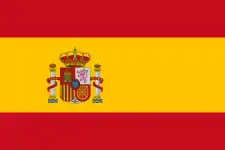 Bienvenida, Spain
Bienvenida, Spain.svg.png.webp) Bièvre, Belgium
Bièvre, Belgium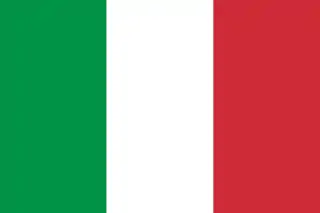 Bucine, Italy
Bucine, Italy Cashel, Ireland
Cashel, Ireland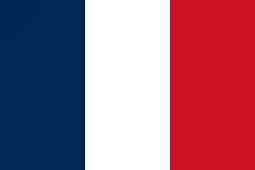 Cissé, France
Cissé, France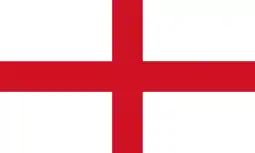 Desborough, England, United Kingdom
Desborough, England, United Kingdom Esch, Netherlands
Esch, Netherlands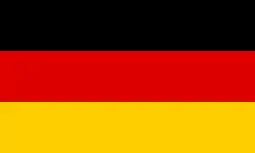 Hepstedt, Germany
Hepstedt, Germany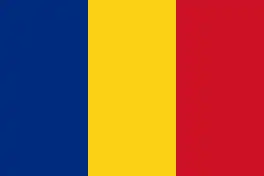 Ibănești, Romania
Ibănești, Romania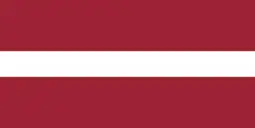 Kandava, Latvia
Kandava, Latvia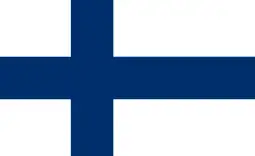 Kannus, Finland
Kannus, Finland Kolindros, Greece
Kolindros, Greece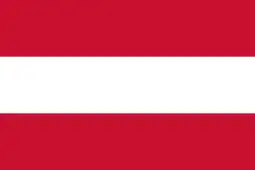 Lassee, Austria
Lassee, Austria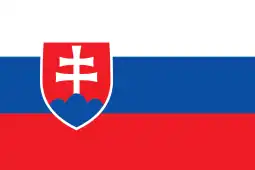 Medzev, Slovakia
Medzev, Slovakia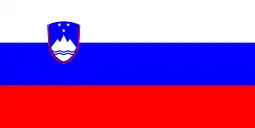 Moravče, Slovenia
Moravče, Slovenia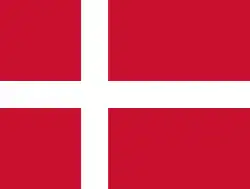 Næstved, Denmark
Næstved, Denmark Nagycenk, Hungary
Nagycenk, Hungary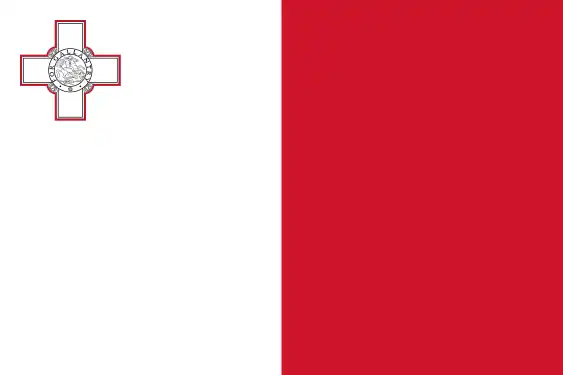 Nadur, Malta
Nadur, Malta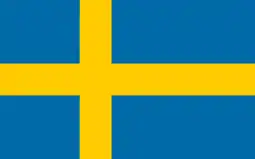 Ockelbo, Sweden
Ockelbo, Sweden Pano Lefkara, Cyprus
Pano Lefkara, Cyprus Põlva, Estonia
Põlva, Estonia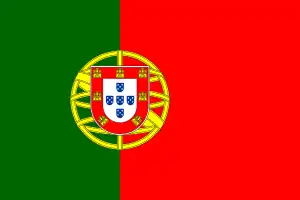 Samuel, Portugal
Samuel, Portugal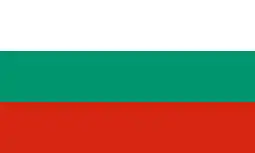 Slivo Pole, Bulgaria
Slivo Pole, Bulgaria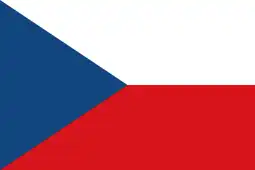 Starý Poddvorov, Czech Republic
Starý Poddvorov, Czech Republic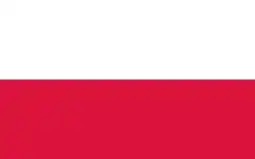 Strzyżów, Poland
Strzyżów, Poland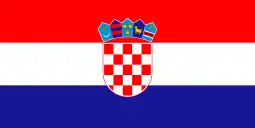 Tisno, Croatia
Tisno, Croatia Troisvierges, Luxembourg
Troisvierges, Luxembourg
References
- ↑ Vytautas Toleikis (24 September 2008). "Žagarė – nykus Lietuvos užkampis ar kultūrinių turistų Klondaikas?". Bernardinai.lt (in Lithuanian). Archived from the original on 22 February 2014. Retrieved 4 January 2009.
- ↑ Shafir, Michael. "Ideology, memory and religion in post-communist East Central Europe: a comparative study focused on post-Holocaust." Journal for the Study of Religions and Ideologies 15.44 (2016): 52-110
- ↑ Žagarė
- ↑ Vytautas Toleikis (24 September 2008). "Žagarė – nykus Lietuvos užkampis ar kultūrinių turistų Klondaikas?". Bernardinai.lt (in Lithuanian). Archived from the original on 6 March 2016. Retrieved 4 January 2009.
- ↑ "Charter members". europeancharter.eu. Charter of European Rural Communities. Retrieved 5 September 2019.
